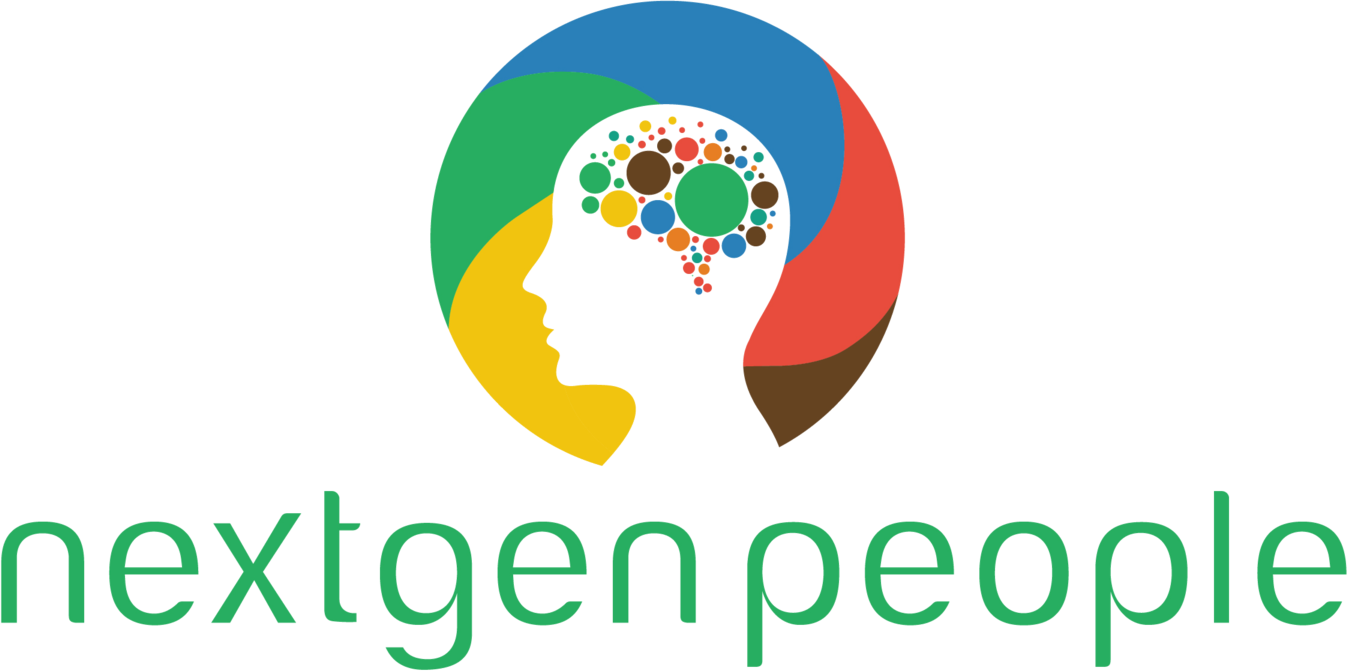Loyalty Is Not Engagement: Why Tenure Doesn’t Mean Trust”
In a time of economic uncertainty, technological disruption, and cultural redefinition, one truth is becoming increasingly clear: loyalty no longer guarantees engagement.
Employees may be staying—but that doesn’t mean they’re fully present, invested, or energized. For leaders, particularly CHROs and CEOs, this is a critical distinction. In today’s complex environment, confusing tenure for trust can cost you the very culture you're working to protect.
So what’s really going on?
Loyalty Is a Mask, Not a Mirror
Traditionally, loyalty was seen as a sign of strong engagement. If people stayed, they must care—right? Not anymore.
Yes, loyal employees might show up every day, avoid the job boards, and even speak well of your company. But they might also be burned out, risk-averse, or simply stuck. Especially in today’s climate of rapid change, loyalty is often a survival strategy rather than a statement of commitment.
People are weighing too many variables: economic volatility, job market unpredictability, and the ripple effects of AI and organizational transformation. In response, many are choosing the known over the unknown. But don’t mistake that stillness for satisfaction.
The Engagement Gap: Disengaged Loyalty in Disguise
Disengaged loyalty is one of the biggest hidden threats inside organizations right now. Employees may appear stable, but beneath the surface they are depleted, disillusioned, or simply disconnected.
They may be waiting—watching for a more secure moment to exit. And if your culture has unresolved cracks, unaddressed concerns, or unclear direction, all it takes is one shift in the market to trigger mass departures. We’ve seen it before. We’ll see it again.
What Humans and AI Have in Common
Even artificial intelligence—advanced as it is—can’t handle everything at once. Give it too many instructions at the same time, and it gets overwhelmed. It glitches. It hallucinates.
Humans aren’t so different. When employees are bombarded with change from every direction—economic, personal, organizational—they shut down. They go into protective mode. They stay where they are, but they stop reaching forward.
The antidote isn’t to reduce expectations. It’s to sequence change with empathy, intention, and transparency—the same way you would train a complex machine.
The High-Touch Imperative: Culture Can’t Be Assumed
Now more than ever, your employees need to know that they’re not alone in the change. That you see them. That you’re still you—anchored in the values you promised, even when the waters are rough.
This is the moment to invest in high-touch, high-trust relationships. To be visible. To be human. To build a culture that doesn’t just keep people in—it calls them in. That means:
Don’t assume loyalty equals health.
Don’t interpret silence as agreement.
And don’t wait for the tide to shift to check if your people are still rowing in the same direction.
Own the Culture You’re Asking People to Stay In
If you’re rethinking your culture—and you should be—don’t just announce the change. Sell the why. Explain what’s changing, why it matters, and how it aligns with the values you’ve built together. Change without meaning creates confusion. Change with clarity creates momentum.
The organizations that will thrive in this next era aren’t just the ones that adapt quickly. They are the ones that align consistently—ensuring their employees experience the culture, not just hear about it.
Disengaged Loyalty Is a Quiet Exit
If you want to avoid the surprise of a future exodus, the time to act is now.
Is our culture one people feel safe in—or simply stuck in?
Are we cultivating connection—or just assuming loyalty means alignment?
Loyalty that isn’t nurtured becomes transactional. Engagement that isn’t earned disappears the moment the market opens.
It’s time to dig deeper. Build trust. Show up. And most importantly, lead in a way that makes people want to stay—not just feel like they have to.

